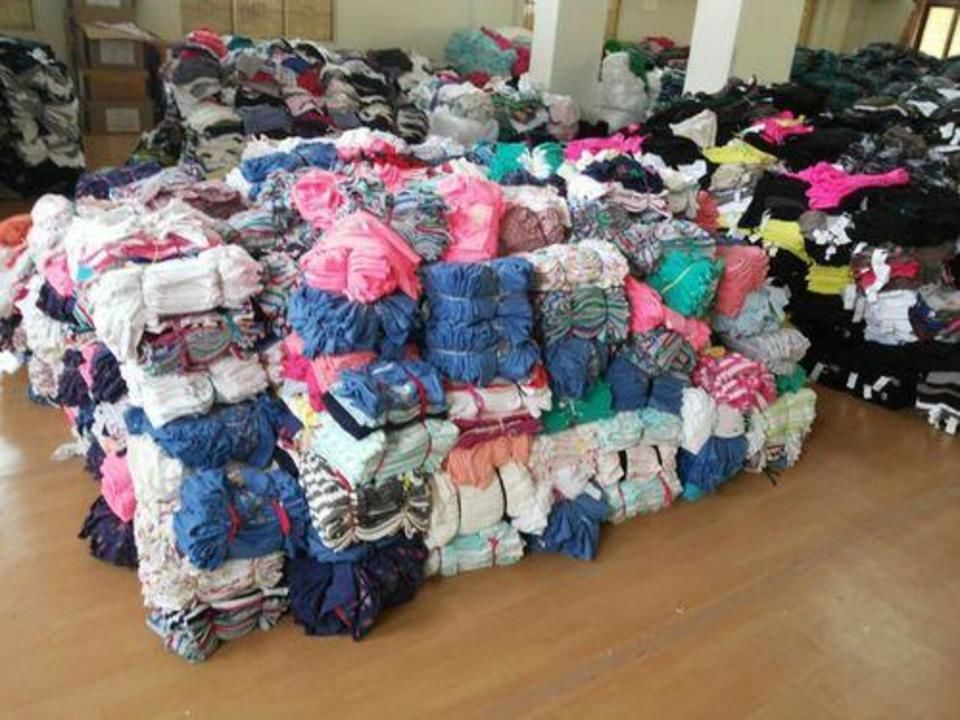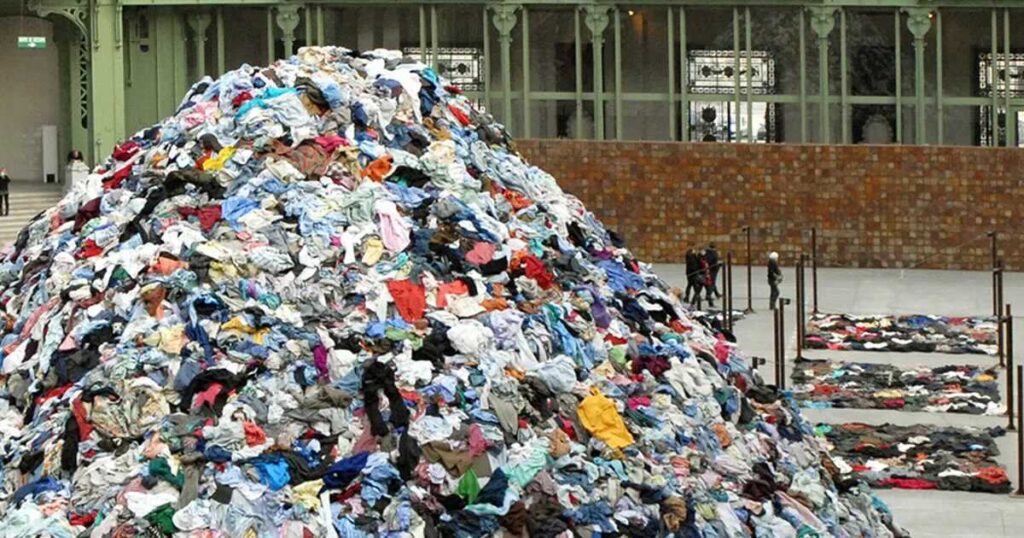Fashion gone AWOL?
It can’t be just us who have noticed that the variety of clothes in the shops now are a little bit odd… Might it be because the clothes left stagnating in warehouses for several months during lockdown have now created this uprising of bizarre pairings of materials and styles? Did several items somehow fuse together during this time to give us these weird combinations on offer on the shop floor today?
A taboo in the fashion industry is deadstock, where a lot of unsold items go into end of season sales – what happens to the rest of the unsold clothes? Since it’s seemingly more viable for the fashion industry to over-order as clothes go into production, there can be a huge excess of both modest range and luxury items going to waste. High-end, well-known brands as well as regular stores have been guilty of burning their excess stock. Burberry have been said to be donating their unsold 2020 stock to charity, having staff sales and discounted sales as well as stock going to fashion outlets and even some recycled.

just a few unsold garments from one outlet
There is a real ‘anything goes’ vibe in the high street currently and fashion doesn’t pertain to a few selected styles anymore. This, of course, is good news for the environment because style seems to change less frequently as clothes can be worn for longer. There is talk of concern for our second-hand stores and exports since some major exports have stopped due to countries regulations not only following Brexit but the pandemic also.
Some designers have been criticised for saying that they will continue to sell designs created and shown for 2020 to be sold in 2021. Is that really an altogether bad thing? Are we that concerned about being on-trend or can we allow ourselves to see the bigger potential crisis here? Burning new clothes is sacrilegious, and if our clothes are struggling to be sold in sales or exported then something has to happen.
A lot of throwaway fashion options are now forced to be re-thought, favouring more sustainable alternatives which can be worn for longer. However, this puts at risk the jobs of many factory workers from Bangladesh since orders were cancelled and many staff laid off since the pandemic. The dark side of the fashion industry isn’t new news, but it is forcing people to have these conversations and it is encouraging people to take action in a way which they haven’t before. It appears in order to become more environmentally conscious we sacrifice the livelihood of some of the poorest countries and regions in the world. We would be interested to know what people feel the solution to this could be.

being fashionable is a lot more important than the environment
Whilst we fully back the less waste initiative we can’t help but wonder; Is the ugly trend a new-age rebellion of our recent times? Or are we taking self-care to a new level and ensuring all round comfort as we see a rise in trainers, fleeces, and baggier trousers? Have we been so used to being at home our whole lives have been remodeled and fashion has demanded more fit for purpose everyday wear?
The simple fact remains the same, if you look good, you feel good and that is simply whatever that statement means to you and is what your own personal elements of fashion should derive from; your own perception of what makes you feel and look good.


